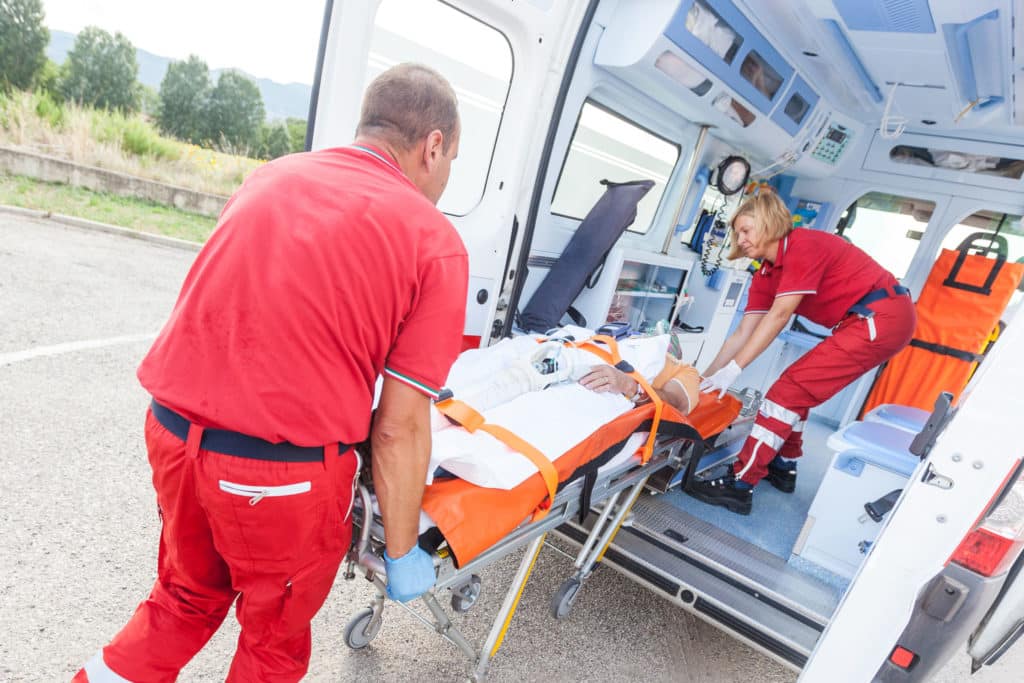Free Consultation
Free Consultation
A Metropolitan Transportation Authority bus driver suffered a stroke recently and slammed the bus that he was driving into more than a dozen parked vehicles. The accident occurred at Nassau Avenue and Sutton Street in Greenpoint, Brooklyn. Nearly 20 cars were damaged across a two block radius. Some vehicles received minor scrapes while others received more visible damage with broken mirrors, dented doors, missing mirrors and tires, and front and rear-end bumpers crumpled. One car was even pushed onto the sidewalk.

Bus riders noted that the driver apparently suffered a stroke and had a seizure which resulted in the crash. Medics took the MTA employee and five vehicle occupants to the hospital with non-life threatening injuries. Tow trucks hauled off damaged vehicles. The accident is under investigation to determine the cause.
Can regular health screenings ensure that drivers are capable of transporting passengers safely? How can a person prevent something as random as a stroke from happening? First and foremost, one needs to know what causes a stroke. Then they need to know what signs and symptoms to look for in themselves and others.
Stroke is the number 4 cause of death. as well as the leading cause of disability in the United States. It is a disease that occurs when a blood vessel that ordinarily carries oxygen and nutrients to the brain gets blocked by a clot or burst and ruptures. Brain cells die, hence the name “brain attack”.
According to the Centers for Disease Control and Prevention, “Stroke kills almost 130,000 Americans each year-that’s 1 out of every 19 deaths.” Nearly one American dies every four minutes from a stroke. Furthermore, strokes cost the US an estimated $36.5 billion dollars yearly. That’s a tough pill to swallow physically, emotionally, and financially.
The American Stroke Association lists the following stroke warning signs and symptoms on its website. You might be having a stroke if you:
If you feel like your symptoms are impairing your judgment and/or affecting your driving, pull over to the shoulder or park on the street and call 9-1-1 right away. Do not try to self-diagnose. It’s better to risk being late than risk your health and the safety of your passengers, other motorists, and pedestrians.
Some myths about a stroke are that it is not preventable, but it actually is. Others believe that it only happens to the elderly, which is not true whatsoever. Anyone can have a stroke. Additionally, misconceptions have people believing that a stroke affects the heart and not the brain and that stroke recovery takes only a few months. Recovering from a stroke takes years and even a lifetime in the most extreme cases.
There’s no way to predict the future. However, healthcare advocates seek to educate and inform people of potential health issues and diseases. Fortunately, by heeding their advice, people can prevent health-related car crashes from happening that injure and kill. At the very least, they can know what signs and symptoms to look out for so they can alert the proper authorities to their condition.
About the Author:
Joseph G. Macaluso is a personal injury lawyer practicing at the Bronx law firm of Macaluso & Fafinski, P.C. A graduate of Brooklyn Law School, Mr. Macaluso has been in private practice since 1990 with an exclusive focus on personal injury and medical malpractice. A member of the New York State Trial Lawyers Association, he has served on the Legislative Committee of this organization and is also a member of the Bronx County Bar Association and has served on the Board of Directors of Bronx Legal Services.